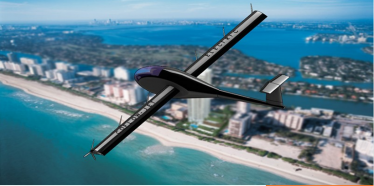Special to UM News
 CORAL GABLES, Fla. (December 13, 2016)—Funded in part with a grant from the Emil Buehler Perpetual Trust, the College of Engineering has established a Center for Green Aviation to further develop green, zero-direct-emission electric aircraft, with a particular focus on increasing their range and payload capacity. The first such research facility in the United States, the facility will provide the next generation of electric aircraft engineers hands-on experience in cutting-edge technologies.
CORAL GABLES, Fla. (December 13, 2016)—Funded in part with a grant from the Emil Buehler Perpetual Trust, the College of Engineering has established a Center for Green Aviation to further develop green, zero-direct-emission electric aircraft, with a particular focus on increasing their range and payload capacity. The first such research facility in the United States, the facility will provide the next generation of electric aircraft engineers hands-on experience in cutting-edge technologies.








